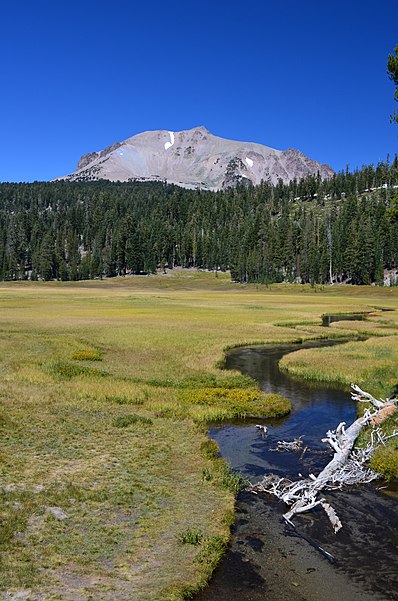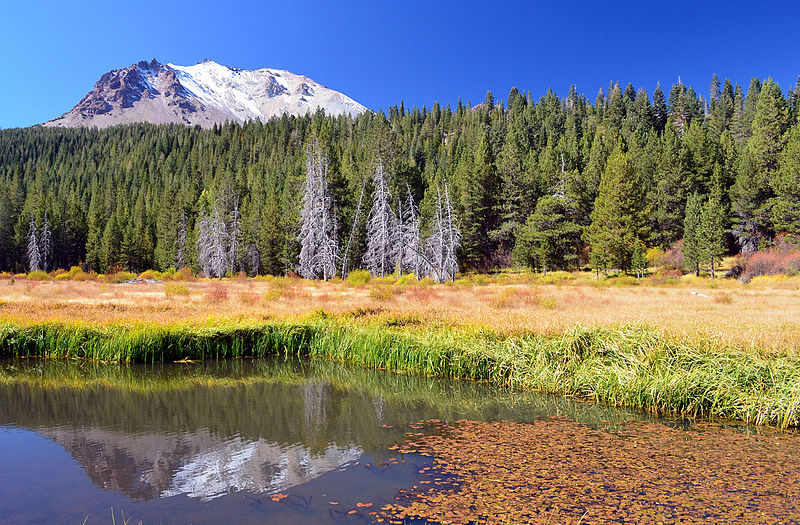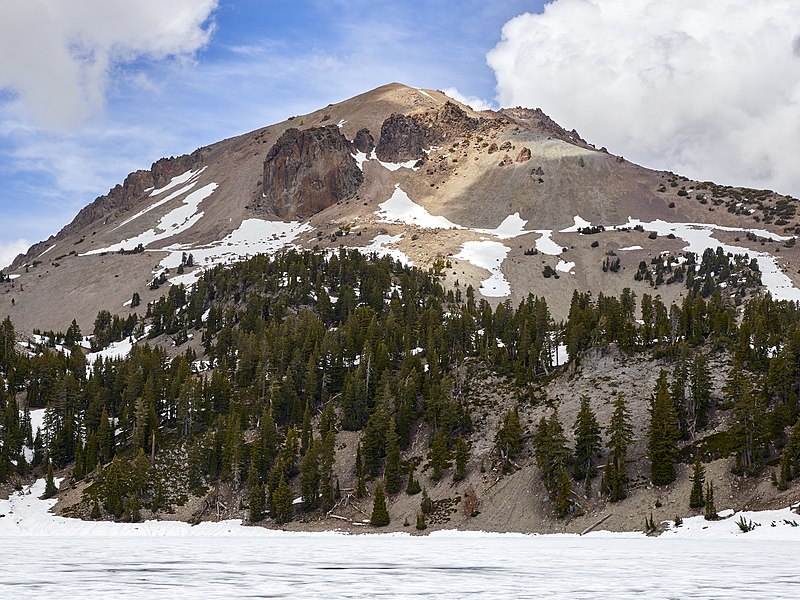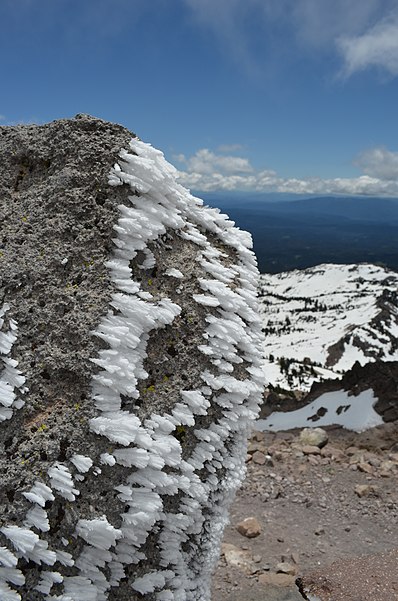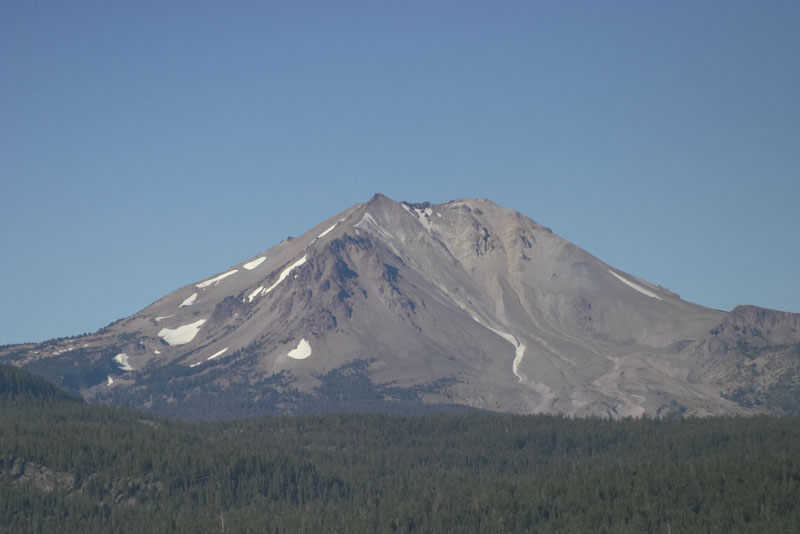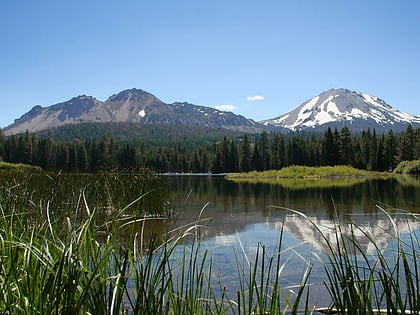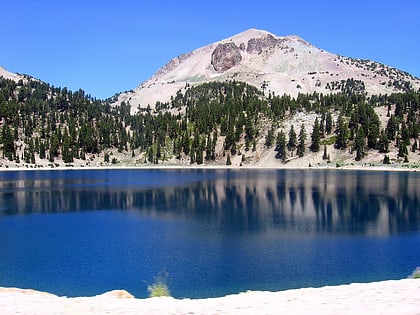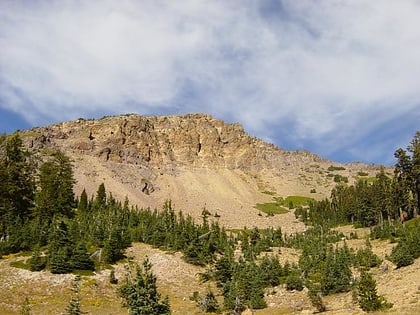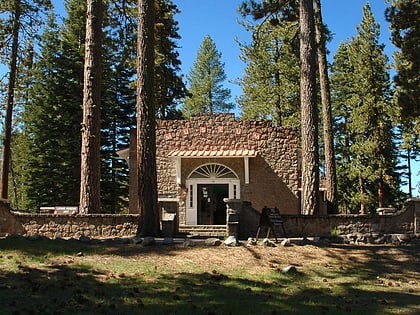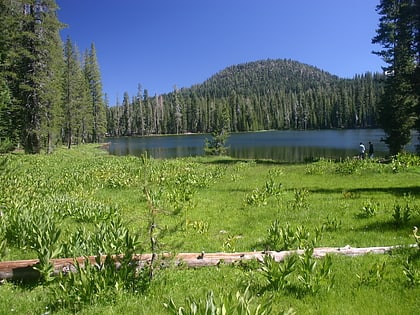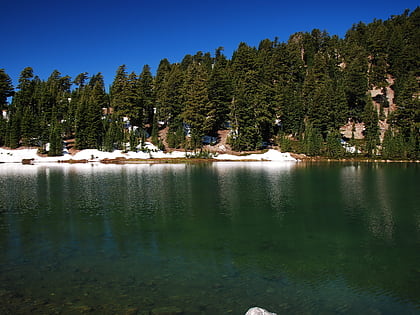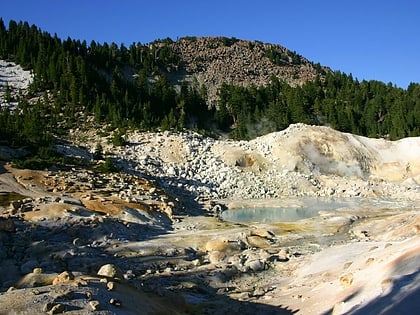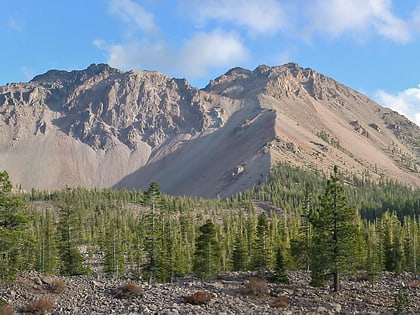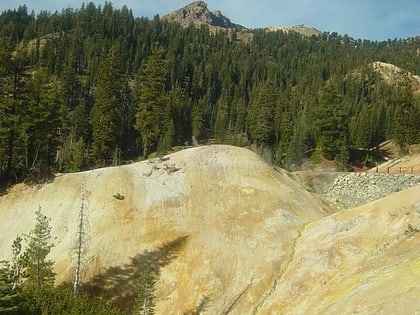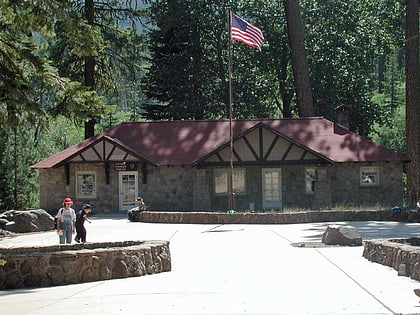Lassen Peak, Lassen Volcanic National Park
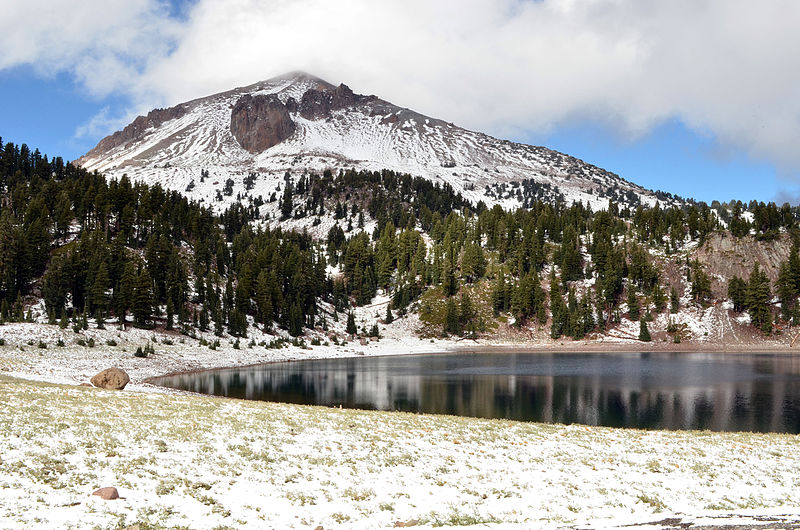
Facts and practical information
Lassen Peak, a striking volcano nestled within the diverse landscape of Lassen Volcanic National Park in California, offers a unique experience for nature enthusiasts and adventure seekers alike. Standing tall at 10,457 feet, it is one of the largest plug dome volcanoes in the world and the southernmost volcano in the Cascade Range.
Formed over 27,000 years ago, Lassen Peak erupted dramatically in 1915, and since then, it has been quiescent. The eruption reshaped the surrounding landscape, and the evidence of this geological event is still visible today, making it a fascinating destination for those interested in volcanic activity and natural history.
Visitors to Lassen Volcanic National Park can embark on a challenging 5-mile round-trip hike to the summit of Lassen Peak. The trail provides breathtaking panoramic views of the park and the northern Californian wilderness. Along the way, hikers can witness the effects of both past and present volcanic activity, with steaming fumaroles, mud pots, and hot springs dotting the park's terrain.
The best time to visit Lassen Peak is during the summer and early fall when the snow has melted, and the trails are most accessible. However, the park's high elevation means that weather conditions can change rapidly, and visitors should come prepared with appropriate gear and clothing.
In winter, Lassen Peak and its surrounding areas become a snowy wonderland, attracting snowshoers and backcountry skiers. While the peak itself is less accessible during this time, the park's lower elevations offer winter recreational opportunities.
Lassen Peak – popular in the area (distance from the attraction)
Nearby attractions include: Manzanita Lake, Lake Helen, Mount Tehama, Loomis Museum.


